Almost exactly a decade ago, the possibility of the global financial system melting down completely seemed a very real one. The failure of Lehman Brothers, on Sept. 15, 2008, remains the biggest corporate bankruptcy in history, and images of newly jobless ex-staffers carrying boxes of their belongings became some of the most enduring of the crisis.
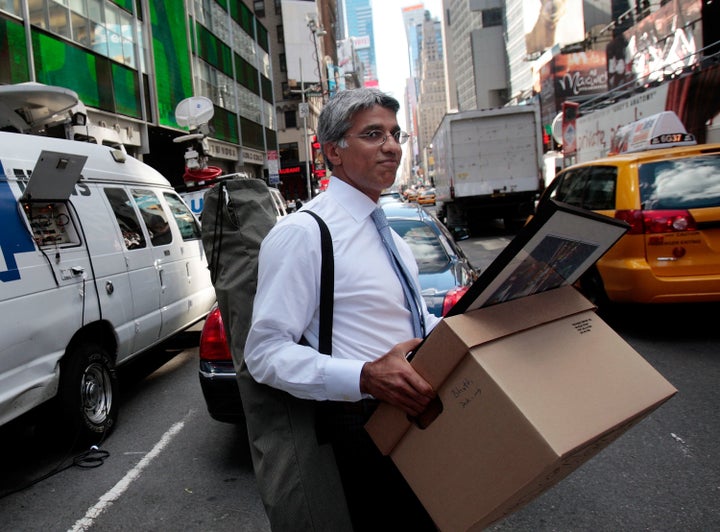
Panic ensued as policymakers tried to rescue the global financial system. In the U.S., this meant propping up the banks with a $700 billion bailout, leading to anger that while the banks were saved, ordinary people were left to sink.
Here we take a look at nine faces of the crisis ― from the men who shaped economic policy to the woman who warned of the impending crisis ― and ask who landed on their feet and who is still feeling the pain.
Wall Street
Dick Fuld
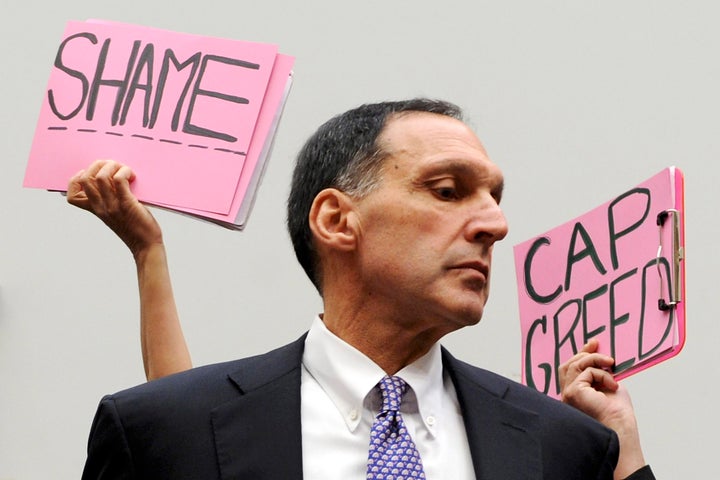
Nicknamed “Gorilla” on Wall Street for his aggressive style, Dick Fuld was chairman and chief executive of Lehman Brothers, pocketing nearly $500 million between 2000 and 2007. He is also the man who steered the company into the biggest corporate bankruptcy in history.
He has remained broadly unrepentant. While he told a congressional hearing in the aftermath of Lehman’s collapse that he took responsibility for what happened, he insisted that his decisions “were both prudent and appropriate.”
In a 2015 speech, he blamed the government for trying to increase home ownership and allowing people access to easy credit.
Fuld has remained within the financial sector. He now runs Matrix Private Capital Group, which provides wealth and asset management services to rich individuals and families.
Kathleen Corbet
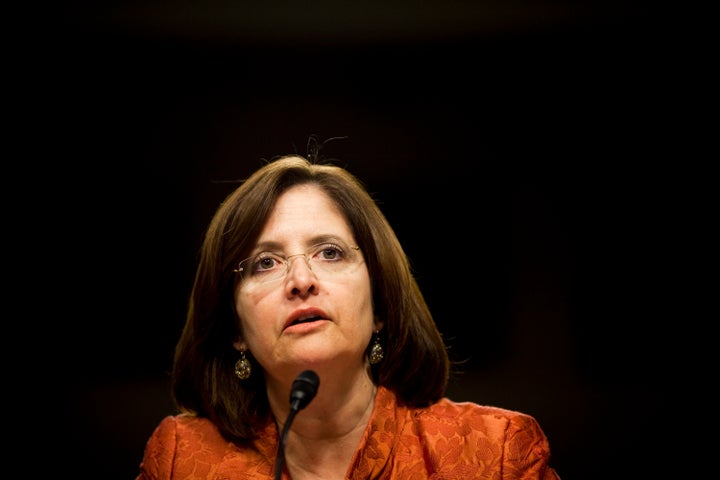
As head of the biggest ratings agency, Standard & Poor’s, Kathleen Corbet was responsible for dishing out AAA ratings to mortgage-backed securities ― incredibly risky bundles of loans that helped trigger the financial crisis.
A message exchange between S&P employees in 2007 seemed to highlight a loose attitude to ratings. One employee said, “We rate every deal. It could be structured by cows and we would rate it.”
In 2015, the organization was forced to pay $1.5 billion to the government to settle lawsuits over its positive ratings of assets that turned out to be toxic. It also paid $125 million to pension fund California Public Employees’ Retirement System.
Corbet resigned from S&P in 2007 but has remained within the financial world, advising financial firms and founding Cross Ridge Capital LLC, a venture capital and management consultancy firm.
The Economists
Alan Greenspan
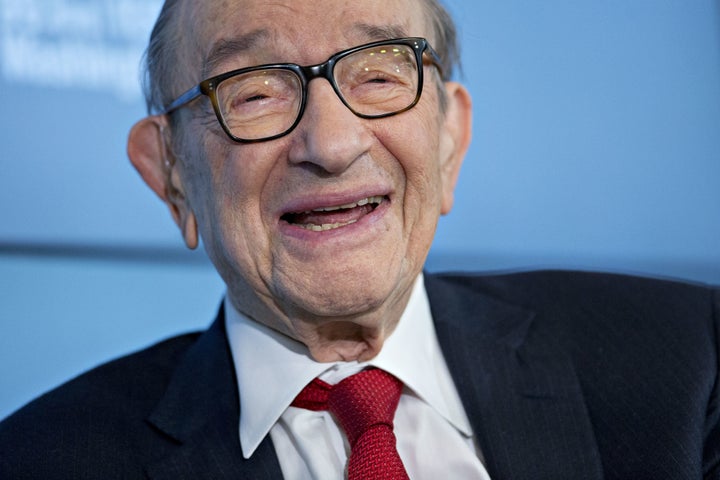
Alan Greenspan had the reins of the Federal Reserve from 1987 to 2006. He was known as a “wizard” and “maestro” for his incredible influence over economic policy in the U.S.
Famed for his unwavering belief in the power of free markets to regulate themselves, he had a deep admiration for libertarian philosopher Ayn Rand. His devotion to markets was such that, when asked in 2007 whom he would support for president, he said, “National security aside, it hardly makes any difference who will be the next president. The world is governed by market forces.”
Under his watch, the derivatives market boomed. Many say his love of deregulation and his hands-off approach toward an increasingly complicated financial system played a big role in the ensuing crisis.
Greenspan did, eventually, admit he was wrong. In a way. He told a congressional hearing in October 2008 that there had a been a “flaw” in his ideology. “I made a mistake in presuming that the self-interests of organizations, specifically banks and others, were such that they were best capable of protecting their own shareholders and their equity in the firms,” he said.
He left the Fed in 2006 and joined the world’s biggest bond fund manager, Pimco, as a consultant. He has also advised Deutsche Bank and John Paulson, a hedge fund billionaire.
Timothy Geithner
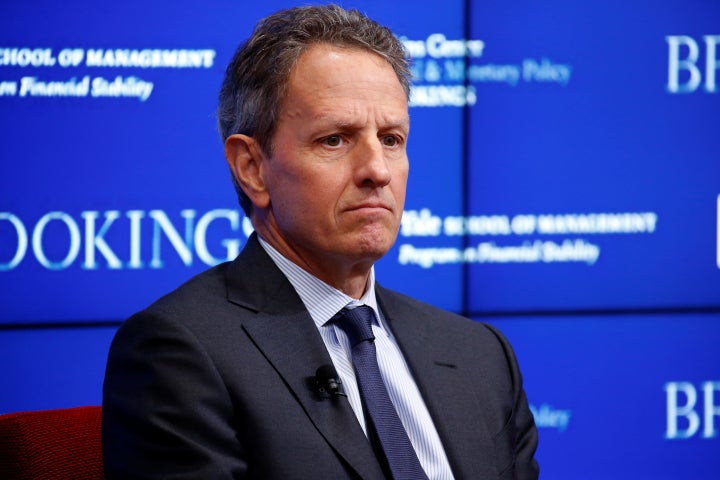
Timothy Geithner was president of the Federal Reserve Bank of New York in 2008 when Lehman Brothers collapsed. He later became Treasury secretary under President Barack Obama, a role he held between 2009 and 2013.
Describing what it was like to be at the heart of the financial crisis, Geithner told NPR in 2014, “It’s like you’re in the cockpit of the plane — your engine’s burning, smoke’s filling the cabin, it’s filled with a bunch of people that are fighting with each other about who’s responsible.”
He authorized $700 billion in taxpayer money to bail out Wall Street banks, which led to a widespread feeling that the banks and not the people were at the heart of attempts to resurrect the financial system.
Since 2015, Geithner has been the president of private equity firm Warburg Pincus. The firm was on the receiving end of negative coverage for its ownership of a company called Mariner Finance, which is accused of preying on poorer Americans by mass-mailing them checks to encourage them to take out high-interest loans.
Those Convicted
Geir Haarde
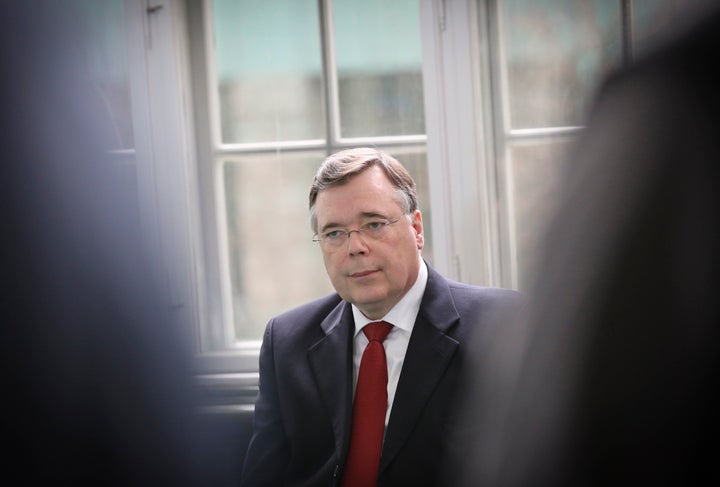
Iceland, the small island of 335,000 people, was hit hard by the financial crash. Its banking sector had flourished pre-crisis and in 2007 had assets that were nearly 10 times the country’s gross domestic product.
Following the crisis, inflation stood at 18 percent in 2008 and around 97 percent of the banking system collapsed. The country had to be bailed out by the International Monetary Fund to the tune of $2.1 billion.
The country also saw the first and only criminal charges against a politician. Geir Haarde, who served as prime minister during and after the crisis, stood trial in 2012 in a special criminal tribunal in Iceland, accused of misconduct in office. He denied the charges and was cleared of all but one. He was found guilty of failing to address the problems Iceland’s banks were facing at Cabinet meetings preceding the financial crisis. Haarde did no jail time, although other bankers in the country were imprisoned.
Haarde has managed to land another high-profile role: He is now Iceland’s ambassador to the U.S.
Kareem Serageldin
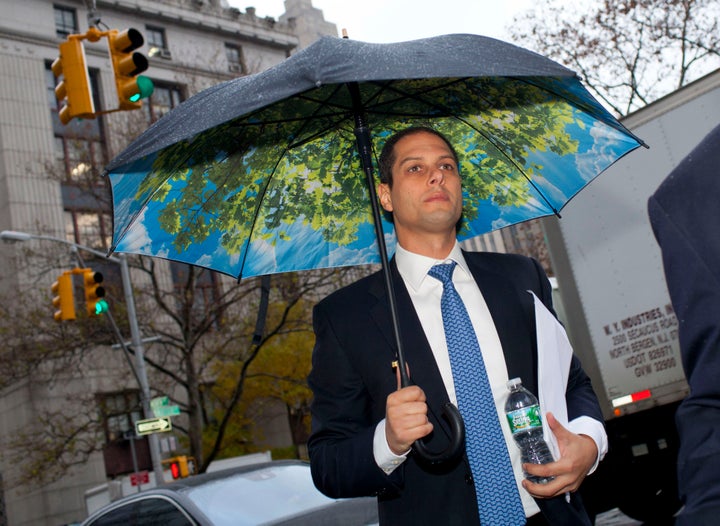
Former Credit Suisse banker Kareem Serageldin was accused of inflating the value of the bank’s mortgage-backed securities in late 2007. He pleaded guilty and was handed a 30-month sentence in November 2013.
He told a New York Times reporter in 2014, “I made a mistake. I take responsibility. I’m ready to pay my debt to society.” He was released in March 2016.
Serageldin has been held up many times as the only Wall Street banker who faced jail time, fueling a sense of anger that the very people seen as responsible for a financial crisis that stripped people of homes, jobs, savings and livelihoods faced little to no accountability.
Those Who Predicted It
Brooksley Born
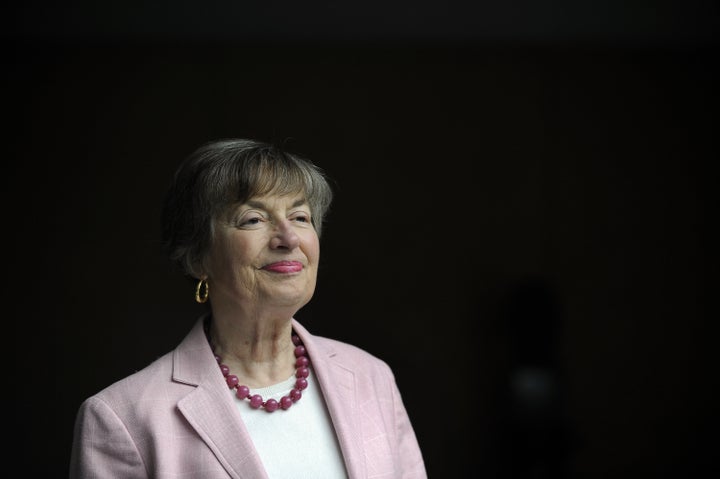
Brooksley Born is often credited with predicting the financial crash, only to find herself ignored and sidelined by the men responsible for the U.S. economy in the runup to the financial crisis.
From 1996 to 1999 she was the chair of the Commodity Futures Trading Commission, a small independent government agency. During her tenure, she became one of the only voices in Washington trying to highlight the dangers of an unregulated derivatives market.
She wanted to publish a concept paper on whether opaque over-the-counter derivatives should be regulated but was warned of a disastrous effect on the markets. According to Michael Greenberger, a former aide of Born’s, Larry Summers, then-deputy secretary of the Treasury, told Born: “You will cause the worst financial crisis since World War II.” She released it anyway in May 1998 and was accused of damaging the reputation of the CFTC. She left the agency just less than a year later.
Born returned to law, practicing at her old firm, Arnold & Porter, before retiring in 2003. She is a founder of the American Bar Association’s Women Caucus and has worked to promote women in law. In 2009, she won the John F. Kennedy Profile in Courage Award for the early warnings she made about the financial system.
Raghuram Rajan
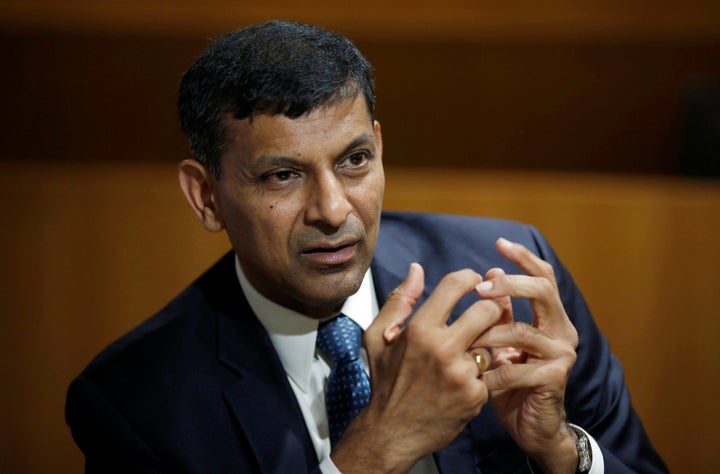
In 2005, when he was chief economist of the IMF, Raghuram Rajan gave a talk at a meeting of economists and bankers at Jackson Hole, Wyoming, in which he warned of an impending financial crisis. The basis of his argument was that sprawling complexity in the markets, with ever more complicated financial instruments, meant a hugely increased risk.
But he was talking at a time when the economy seemed in great health, and he was largely ignored. Or insulted. Larry Summers called his views “luddite.” But his warnings proved prescient.
Rajan was governor of the Reserve Bank of India between 2013 and 2016. He is now a finance professor at the University of Chicago Booth School of Business.
The Losers
American People
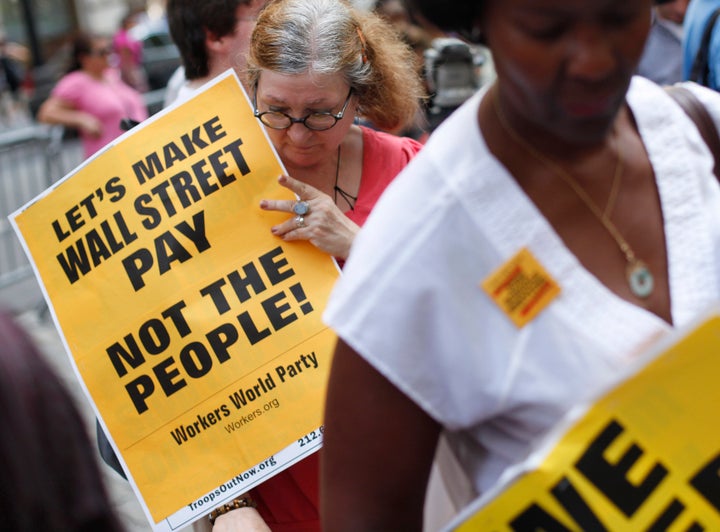
Ordinary Americans have long been blamed for the financial crisis, for taking out loans they had no hope of servicing for cars, homes and other things they could not afford.
But while the bailouts flowed for the Wall Street banks and billions of dollars were pumped into the economy in the form of a stimulus package, many ordinary Americans struggled.
The immediate effects were stark. Unemployment stood at nearly 10 percent by 2009, 8.7 million people lost their jobs, and by 2012 more than 14 percent of Americans (46.5 million people) lived in poverty.
While the economy has seen an extended period of growth since and unemployment levels are near record lows, the recovery hasn’t been an even one.
Many jobs don’t pay enough to live on. There are 39.7 million Americans in poverty, according to the U.S. Census Bureau data released on Wednesday, and 28.5 million Americans do not have health insurance. Racial inequalities persist with white families having a median household income of $68,145 in 2017, compared with $40,258 for black families.
Anger at being left behind ― at seeing banks bailed out while ordinary people were left to lose jobs, homes and savings ― has been blamed for some of the political ructions in recent years, including the election of Donald Trump.
CORRECTION: A previous version of the piece mispelled the name of Raghuram Rajan.
For more content and to be part of the “This New World” community, follow our Facebook page.
HuffPost’s “This New World” series is funded by Partners for a New Economy and the Kendeda Fund. All content is editorially independent, with no influence or input from the foundations. If you have an idea or tip for the editorial series, send an email to thisnewworld@huffpost.com
